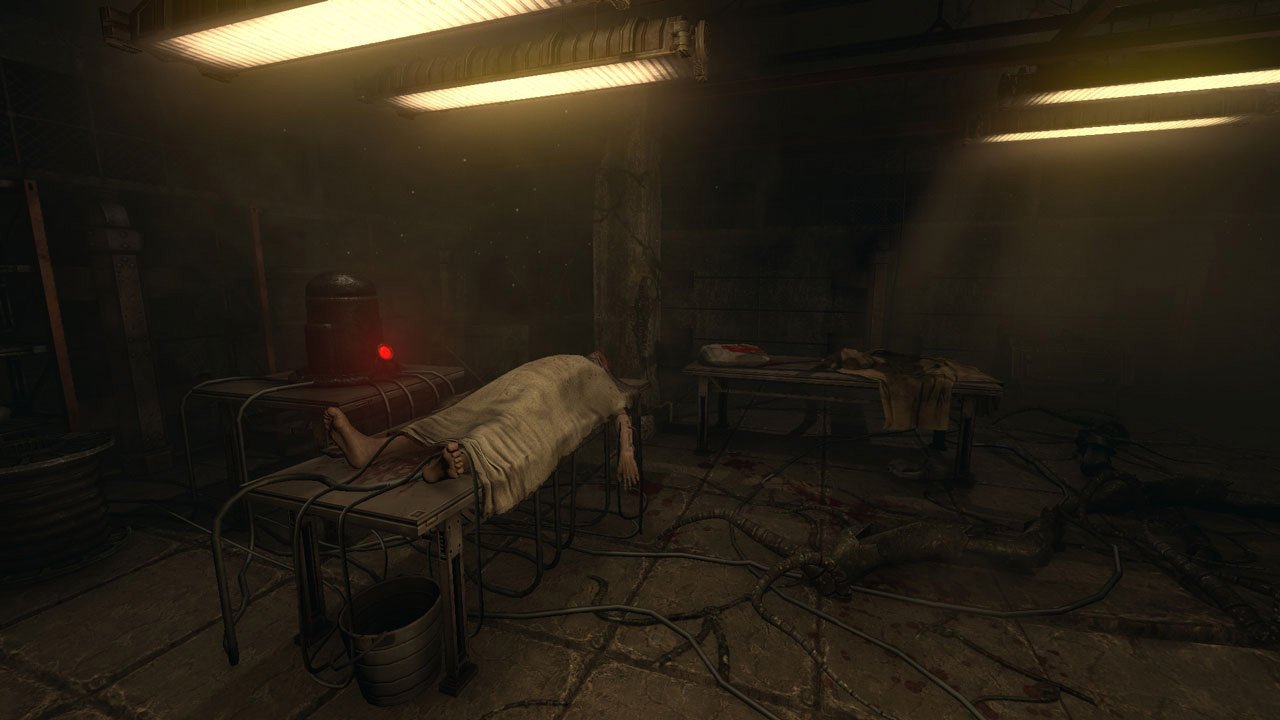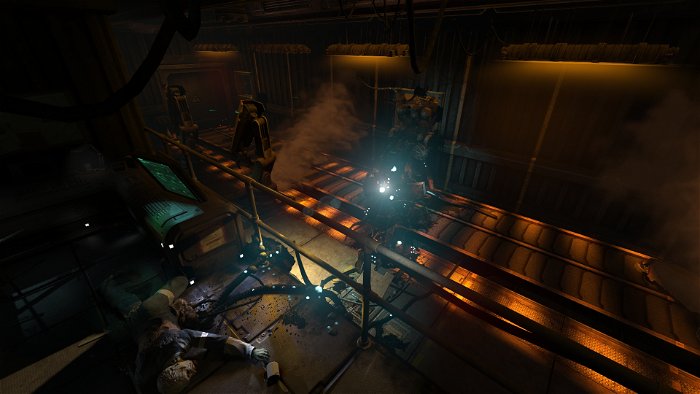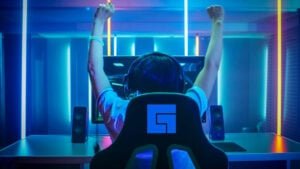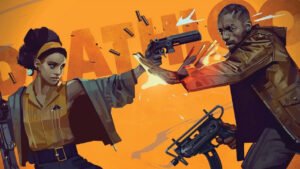This article contains light spoilers for SOMA, including details regarding its setting and premise. Particular plot points aren’t discussed in depth, but those who wish to discover the game’s story for themselves may want to hold off reading this for now.
***
SOMA is a claustrophobic game. I don’t mention this purely to evoke the game’s many cramped, industrial corridors and dimly lit crawlspaces, but to highlight how intent it is on making its player feel trapped in its setting. Claustrophobia refers to more than just close quarters, after all. It also describes the fear of being stuck in a situation that’s impossible to escape. On every level—from visual design to narrative—SOMA wants to instill this feeling.

As the follow-up to Frictional Games’ Amnesia: The Dark Descent (which, since 2010, has gone on to become a hallmark horror title), SOMA had a lot to live up to. Rather than return players to a spookily abandoned castle, frightening for its low lights and echoing hallways, the developer turned to an even more unnerving setting: a research facility deep within the Atlantic ocean. The game’s underwater laboratories initially seem a lot less scary than many horror locations. The glow of computer monitors and the efficiency of automatically opening doors provide a familiar sort of comfort. Though it takes place in the future and there are plenty of nasty creatures afoot, SOMA’s labs seem a little too close to our everyday world to be truly frightening—at least at first.
It soon becomes clear, though, that being stuck in an abandoned complex far below the ocean’s surface is terrifying. Frictional allows the player time to get accustomed to their surroundings by guiding them through offices and employee lounges, introducing the spooky furnishings of broken-down machines and bio-mechanical monsters slowly enough that they’re never outright scary. Once a certain level of comfort has been established, the game begins leaning into its most disturbing elements. Trips between laboratory stations require forays into the open ocean and, before long, a descent deeper and deeper into the vastness of the sea.
By the time the game begins forcing players to navigate the inky darkness of the Atlantic seabed on foot, the sense of isolation engendered by the underwater setting is nearly complete. Instead of counting on ghostly noises and creepy monsters to provide all the scares, SOMA wants its audience to reflect on how alone they would feel if trapped on the bottom of the ocean with no opportunity to return to the surface. This is a truly horrifying idea, and one that the game introduces players to gradually enough that it becomes easy to accept as reality.
The sense of claustrophobia is furthered by SOMA’s exploration of the bridge between technology and human consciousness. As the player is asked to continue moving farther and farther away from the comfort of the near-surface lab stations, they also discover a cast of scientists, engineers, and researchers who live on as digitized versions of themselves. Though their organic bodies have died, these characters—as the result of sci-fi brain-scanning technology—continue to exist, trapped inside robotic bodies and computer networks. The process of turning from an organic to digital being suggests we can defeat death and continue to evolve free of the physical world. SOMA centres on the darker side of this fairly optimistic concept, tying together the claustrophobia of being trapped far beneath the ocean’s surface with an endless existence as an immortal, disembodied personality.
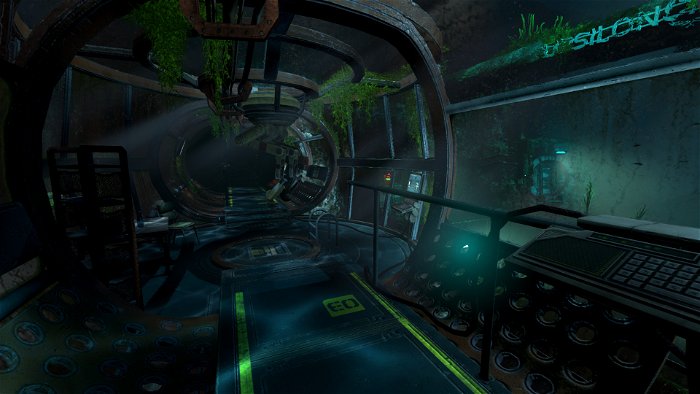
These are great ideas for horror to explore. Both the game’s setting and its concentration on transhumanism reinforce a sense of isolation and entrapment. More than the immediate fear caused by encountering terrible monsters or exploring foreboding, ghostly environments, SOMA is interested in the deep-seated, pit-of-the-stomach dread only possible through psychological manipulation. Having to follow The Dark Descent couldn’t have been an easy task. Frictional Games was clever enough to understand that returning to a similar setting—exploring similar themes—would be far more likely to disappoint than attempting something different. With SOMA, the developer shows that it understands the many possibilities of horror.
